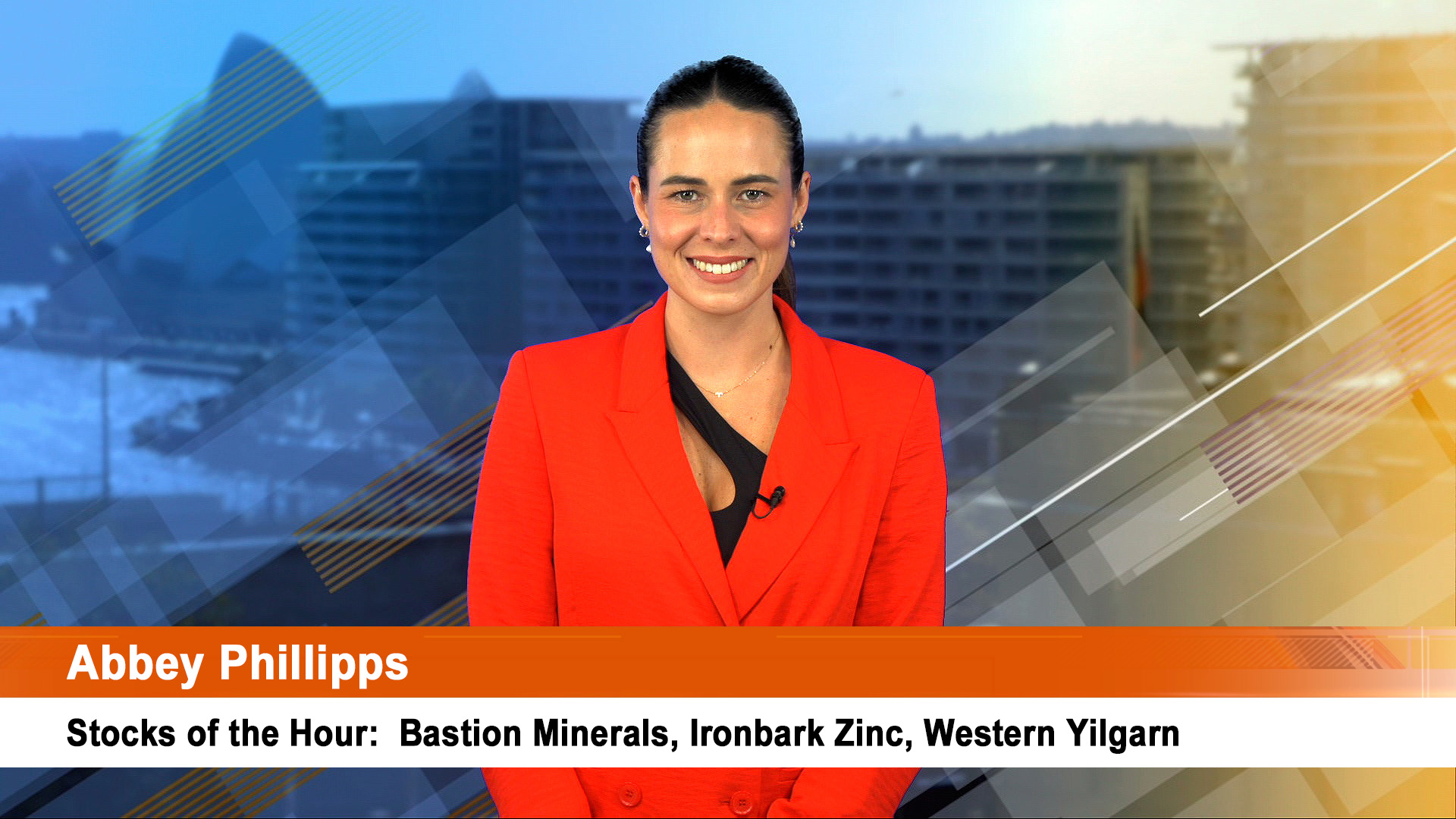Two years after reality started whacking the mining industry around the head on costs, it has started producing an unusual round of sense and humility among the most arrogant of the world’s resource companies – Big Oil.
BHP Billiton (BHP), Rio Tinto (RIO), Newcrest (NCM) (and a host of other big gold miners), Fortescue Metals (FMG) and major miners in other markets have been cutting costs and trying to use capital more efficiently since 2012.
Much of the pressure has come from the huge global fund managers such as Blackrock (which has been very vocal), Capital Group and others.
Smaller oil groups such as BG in Britain and mid rankers in the US have been dragged to the table.
In Australia major shareholders pressured Woodside (WPL) to abandon over-spending on exploration and development and start cutting back and looking to reward shareholders.
Rio Tinto was the most profligate with over $US30 billion of cost cuts, asset write downs and more in the past two years – not to mention write offs of dud deals (Mozambique coal, anyone?), board and management changes.
BHP has been through management and boardroom changes, and multi billion dollar cost cuts and write downs.
And, as we saw in the December 31 half year and full year reports, the efficiency drive has paid off with falling costs, rising profits and cash flows – with shareholders being rewarded.
In fact one of those leading the way has been Woodside, our biggest independent oil group, but a middle ranker internationally.
It has curtailed exploration and development spending, curbed costs and see a surge in profits and cash flow and boosted returns to shareholders.
WPL vs BHP vs RIO 1Y – Woodside joins the cost cutting with BHP, RIO

Now that same sort of business reality has grabbed the top tier of the sector – Exxon Mobil, Shell, Chevron and others are slashing into costs, dropping or deferring projects, trying to maximise cash flow.
It’s early days and we are talking about massive companies – supertankers if you like, much larger than BHP and Rio.
And we all know supertankers take a long time to change course or reverse.
But complicating matters for oil companies, especially the majors, is one factor BHP and Rio don’t have to contend with in their mining operations (BHP does in petroleum) and that’s the rising influence of the American oil boom.
It is slowly but surely putting a lid on global oil prices around the $US100 a barrel level, at a time when costs are rising and demand remains weak.
That is making the need for cost cuts even more urgent for these lumbering giants.
A conference in the US oil capital of Houston saw the public expression of this new approach, with Exxon topping the bill in revealing plans to slash its capital investment this year by more than $US5 billion and a total of $US20 billion plus over the next four years.
The costs issue has come to a head after three years in which the price of crude oil has drifted lower (except for the past week with the Ukraine tensions, which Big Oil would secretly have been glad to see continue or escalated, if it boosted prices).
The major influence has been the rapidly rising level of US oil output, which in turn has cut America’s need for imports, meaning there’s a rising surplus of oil in international and US markets.
That has squeezed on profit margins, meant declining returns on capital, and share prices have drifted like the world oil price.
For example, Shell reported a profit of $US27 billion in 2012 compared to $US26.3 billion in 2005. That’s not good enough given world oil prices have jumped from around $US55 a barrel to just over $US100 at the moment for Brent type crudes (and peaked just under $US150 a barrel in mid 2008).
In fact analysts reckon Shell is the worst placed of all the companies in Big Oil at the moment – its exposure to the inefficient and corrupt Nigerian oil industry is seen as a real concern.
While Chevron (owners of the Gorgon and Wheatstone LNG projects in WA) and Exxon have seen their share prices rise 11% in the last three years, Shell’s shares have fallen 2% and the US Standard & Poor’s index is up more than 40%.
Even though world oil prices are trading above $US100 a barrel at the moment, long futures contracts on Nymex and other markets show five year oil around $US90-$US92 a barrel.
Now futures prices may get out of whack every now and then, but even if they rise to around current levels, it implies considerable downward pressure on profits, meaning considerable downward pressure on costs is needed as quickly as possible.
Exxon revealed at a presentation in New York this week that it planned to commit about $US37 billion a year to exploration and capital spending in 2015-17, down from $US42.5 billion in last year’s forecast.
It also said it now expected to produce the equivalent of 4.3 million barrels of oil and gas a day in 2017 – higher than the 4.2 million it reported for 2013, but 10% lower than the target of 4.8 million barrels a day projection in 2013’s forecast.
Shell is already slashing its assets and spending – as we know in Australia with the sale of its Geelong refinery and service station network.
It is looking to sell its stake in Woodside, has sold stakes in LNG projects in Australia and other countries and small stakes in oil fields in the UK and Brazil.
Royal Dutch Shell vs FTSE 1Y – Shell underperforms a rising market

Total of France is also following a similar route, as is Chevron which has been cutting costs at Gorgon and Wheatstone.
Even though it’s cutting, Exxon says it will start production from a record 10 projects this year – including the massive $US19 billion PNG LNG project which also has Oil Search and Santos as shareholders.
Exxon said it will switch capital spending from exploration and development to its refineries and other businesses in the US to try and take advantage of the oil and gas boom and cheap feedstock.
Exxon was into the US shale gas sector earlier than the competition in 2009 it paid $US41 billion for shale gas company XTO, but then gas prices dropped sharply as production soared (BHP paid around $US20 billion for its interests in the same industry and also got caught by the plunge in gas prices).
Both companies (and others) bought into what they thought was a gas boom – it quickly became a slump and both (and others) and now maximising oil production, which in turn has sent US output soaring, especially in North Dakota and parts of Texas.
Exxon, like BHP has already done, is moving its wells from gas to oil exploration. That will see gas production fall, costs rise for a while, until oil production starts happening.
But that will merely add to the flood of oil in US markets, putting further downward pressure on prices, and maintaining a cap in prices, and adding to the need for cost cuts in exploration, production and in administration for Exxon and other oil giants.
A surge in oil prices from a crisis such as what’s happening in Ukraine would be a godsend for this industry.
With soaring production in the US, the impact would be felt more in Europe and Asia (Which would benefit Australian producers as well).
But it wouldn’t remove the need for the resource industry’s royalty to start acting like their lesser rivals and becoming more normal and thinking about and acting to lower costs and protect profit margins.
The next sector of the industry to be hit by reality will be the giant state-owned oil companies, such as Pemex of Mexico, and the national oil companies in Russia, Saudi Arabia, Brazil and elsewhere in the Middle East. Because these companies perform political as well as economic roles for their national governments, they are seen as being impervious to rational behaviour.
But the Mexican government is trying to change the country’s tough laws on oil and gas involvement for corporates to try and make Pemex more efficient.
The national oil companies of Nigeria and Venezuela are widely reported to be corrupt, inefficient and wasting their resources, and others such as Saudi Arabia are not working as well as they claim to be.













